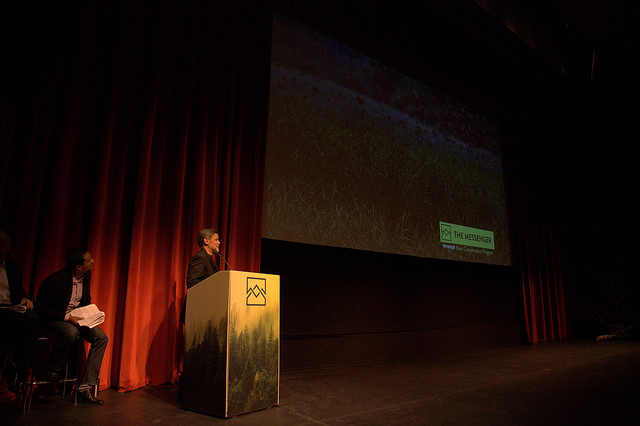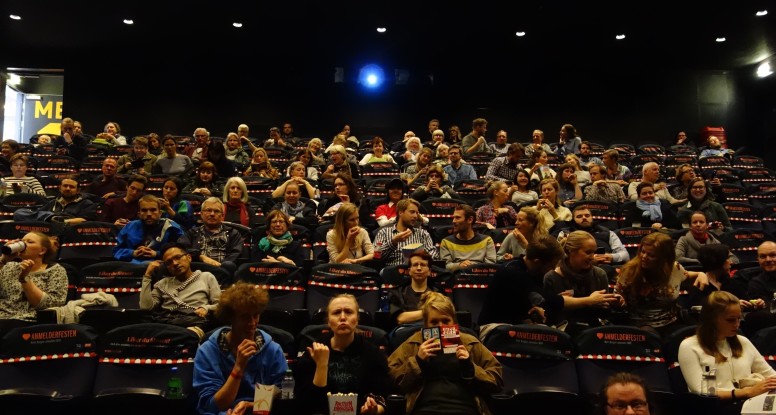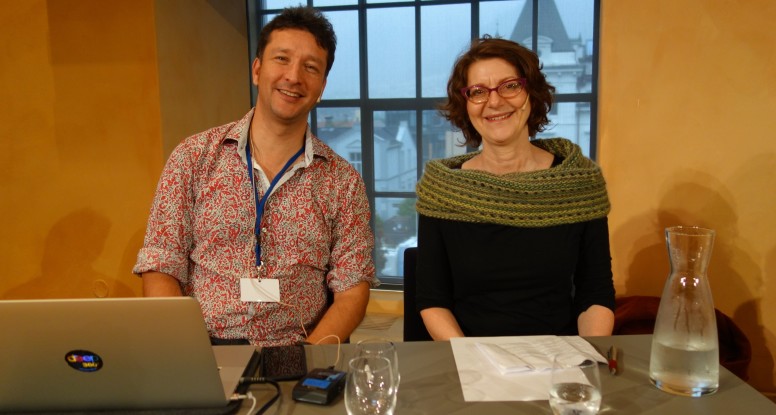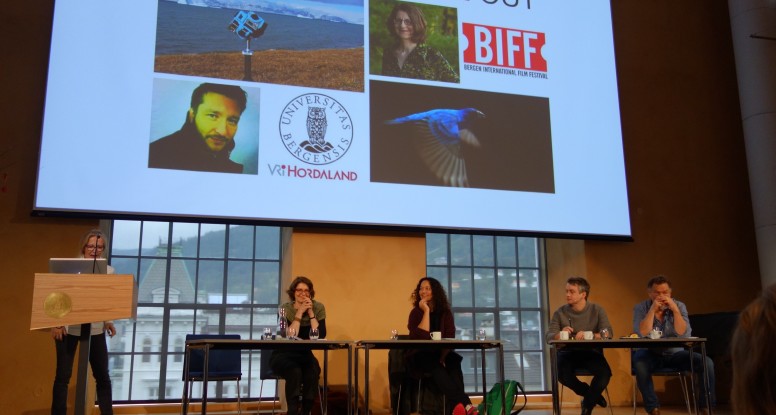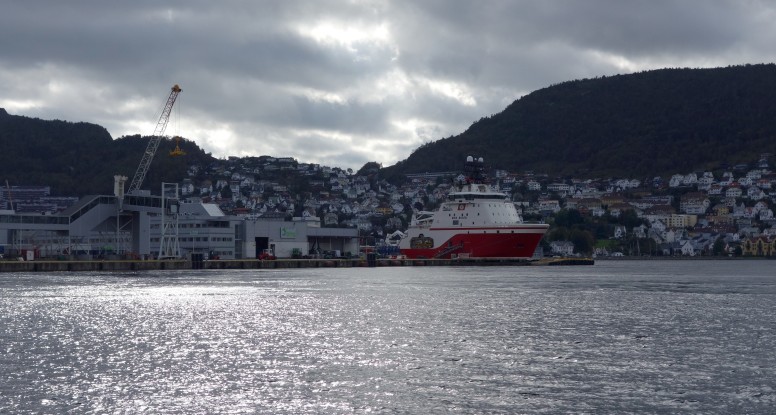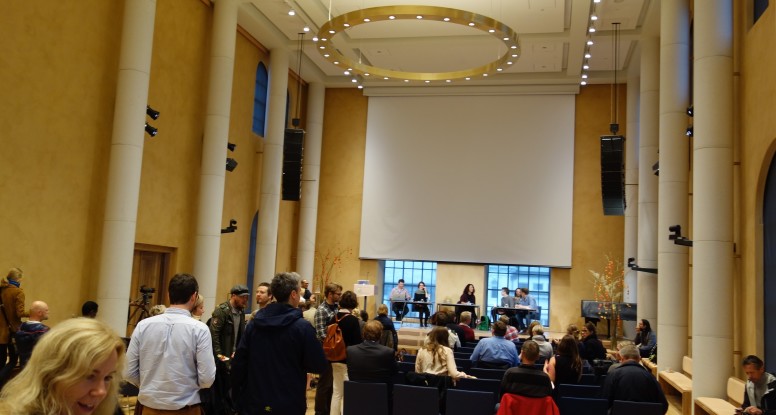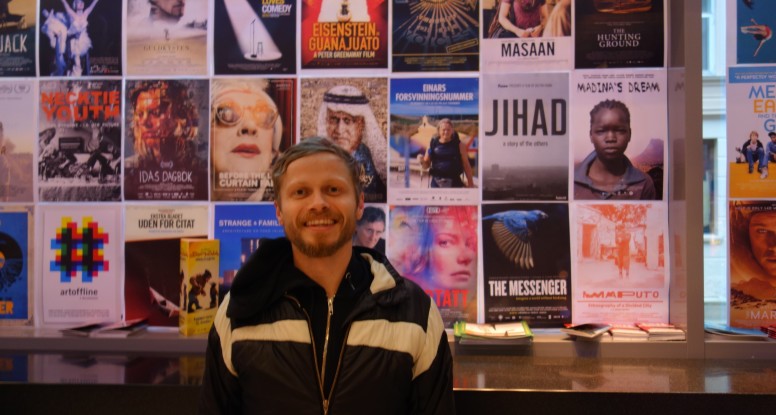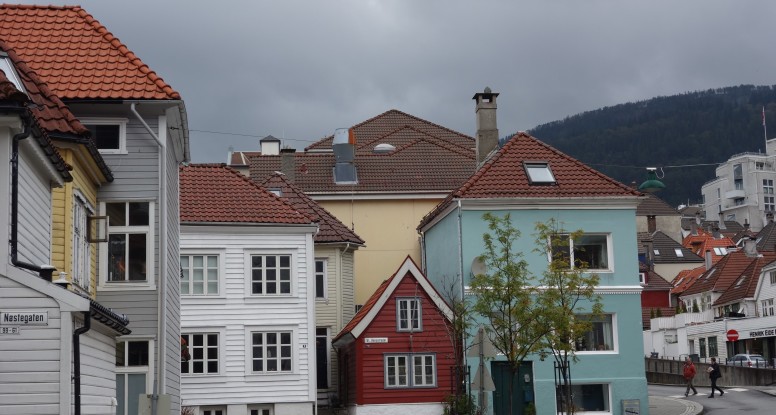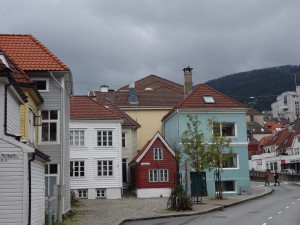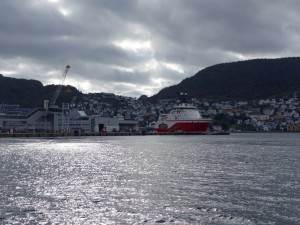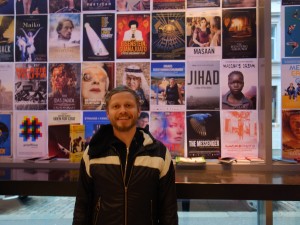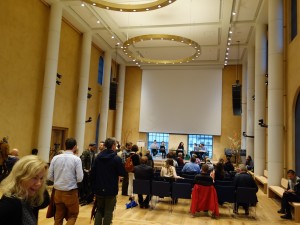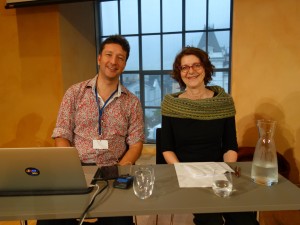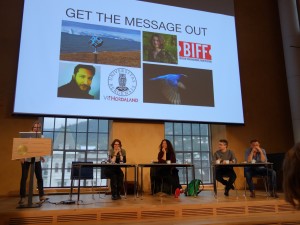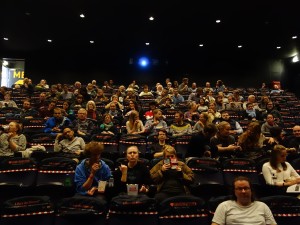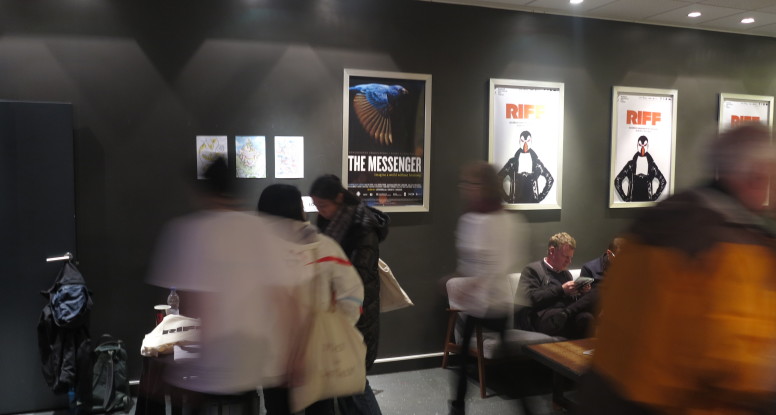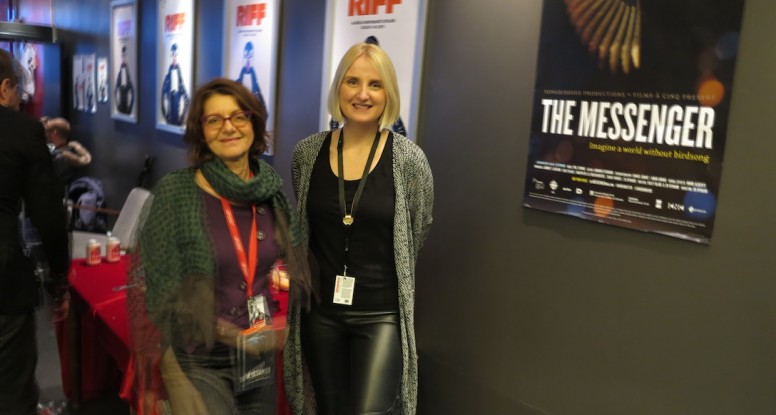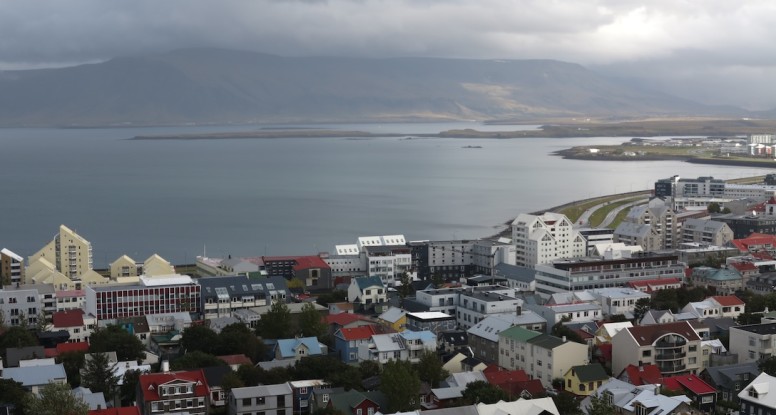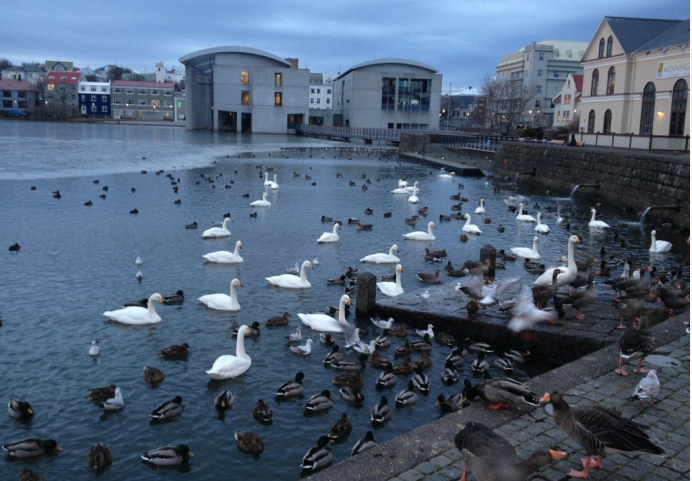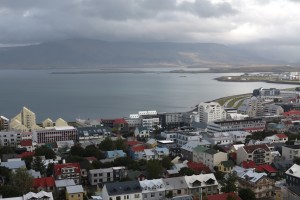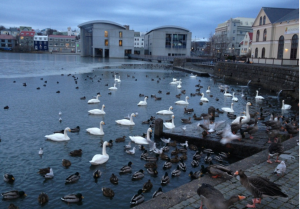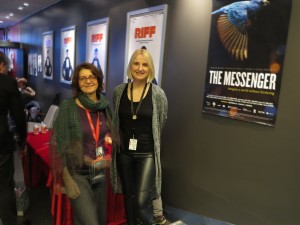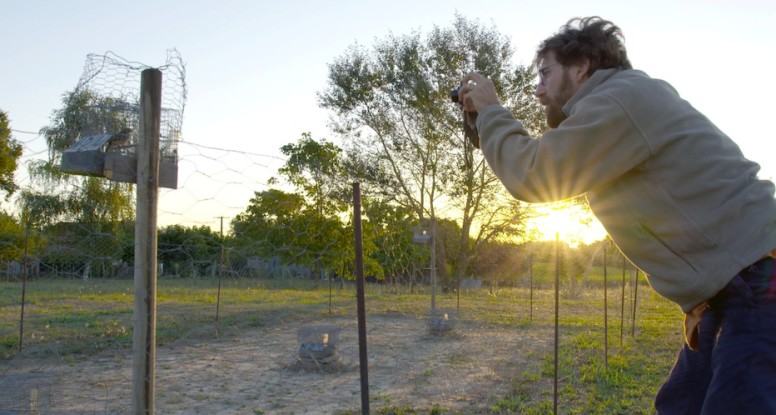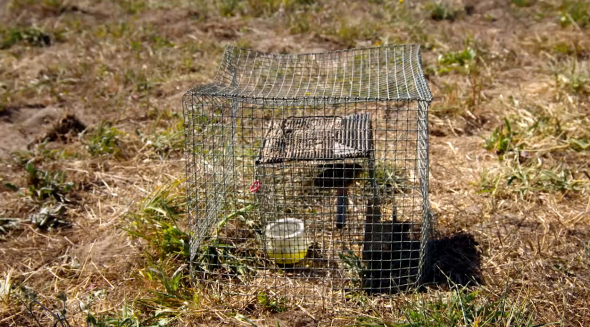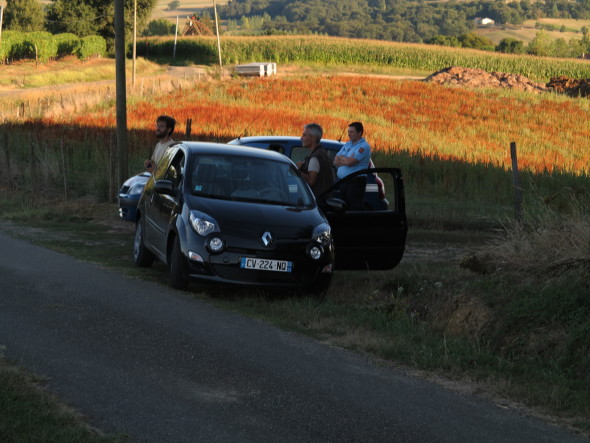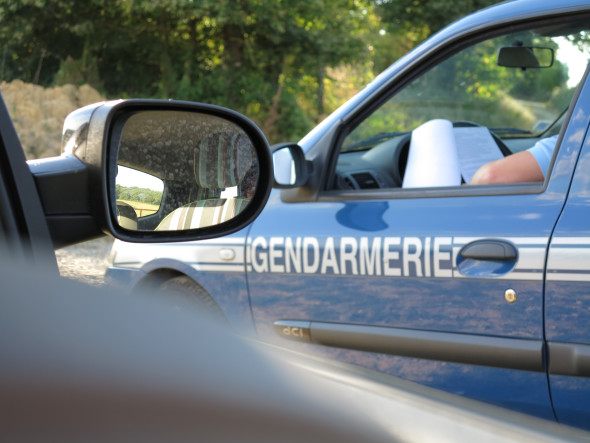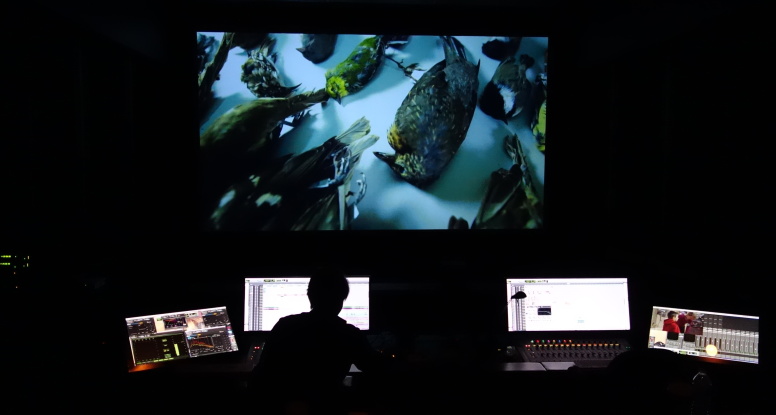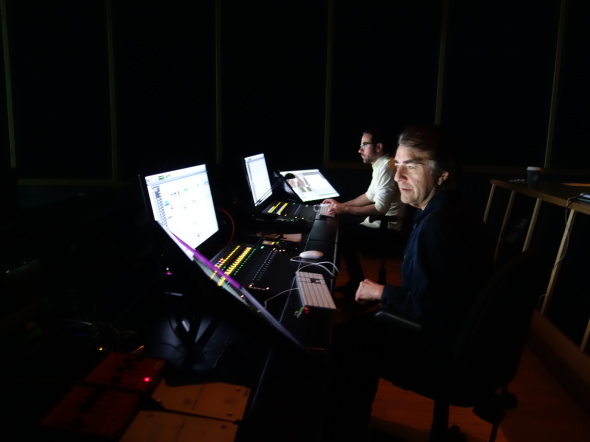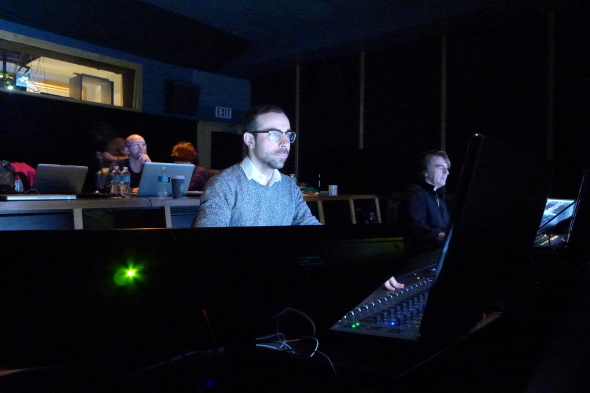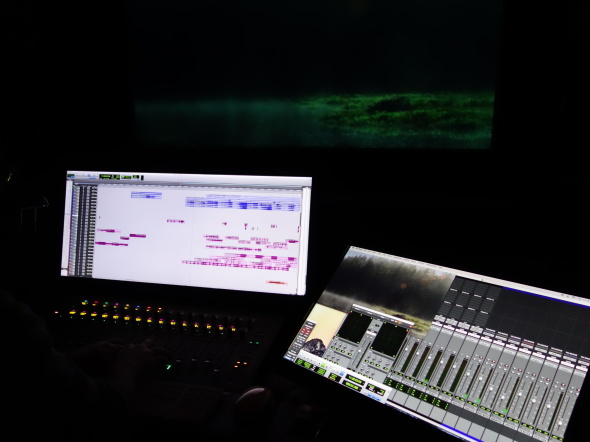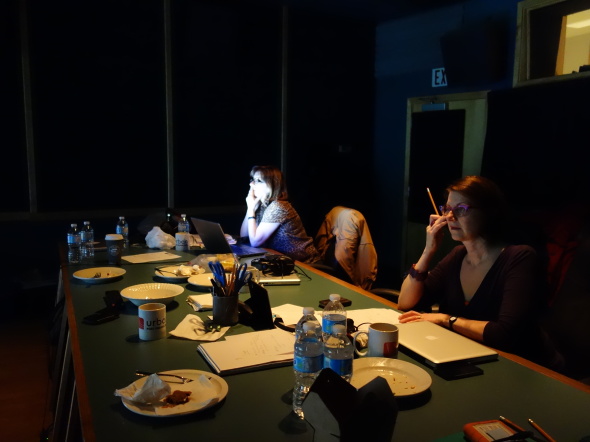On October 1, in Jackson, Wyoming, THE MESSENGER was honored with a Best Conservation Program Award at the Jackson Hole Wildlife Film Festivals’ Grand Teton Awards Gala. The Best Conservation Program Award is “Awarded to the program that most effectively contributes to an awareness of timely and relevant conservation issues and/or solutions.” Finalists included Racing Extinction, and I Bought A Rainforest.
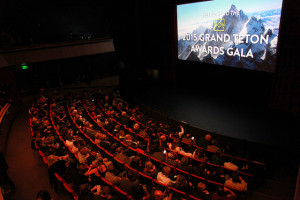
THE MESSENGER is an artful investigation into the causes of songbird mass depletion and the compassionate people who are working to turn the tide, directed by award-winning filmmaker Su Rynard. The 90 minute film takes viewers on a visually stunning journey revealing how the issues facing birds also pose daunting implications for our planet and ourselves.
Producers Martin de la Fouchardiere and Diane Woods were at the ceremony to accept the award.
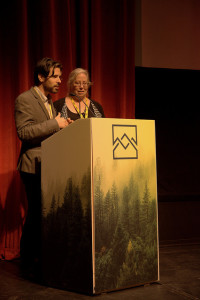 Directed by: Su Rynard
Directed by: Su Rynard
Producers: Joanne P. Jackson, Sally Blake, Martin de la Fouchardiere, Su Rynard and Diane Woods
Written by: Su Rynard and Sally Blake
Directors of Photography: Daniel Grant and Amar Arhab
Picture Editor: Eamonn O’Connor
Sound Design and Composer: Phil Strong
Additional Editing: Sally Blake and Carole Larson
Additional photography: Laurent Charbonnier, Christopher Romeike
and Joshua See
Sound Re-Engineering Mixer: Daniel Pellerin
Line Producer: Diane Warme
Post Production was done at Urban Post in Toronto.
THE MESSENGER is an international treaty co-production between Canada and France, produced by SongbirdSOS Productions and Films à Cinq/ARTE.
US Distribution – Kino Lorber
International Sales Agent ZED
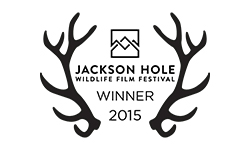
Jackson Hole press release here
About Jackson Hole Wildlife Film Festival: Recognized as the premier event of its genre, the Jackson Hole Wildlife Film Festival is an unparalleled biennial industry gathering. Hosted biennially in Grand Teton National Park, over 650 international delegates participate in an exceptional slate of leading edge equipment presentations, seminars and state-of-the-art screenings.
The Festival’s international board members include: Animal Planet, BBC Natural History Unit, Discovery Channel, Disneynature, FujiFilm Optical Devices, Gorongosa Foundation, Howard Hughes Medical Institute/Tangled Bank Studios, National Geographic Channel International, National Geographic WILD, National Geographic Society, National Parks Conservation Association, The Nature Conservancy, Nature/WNET, Off the Fence Productions, PBS, Sony Electronics, Terra Mater Factual Studios and UNIVERSUM/ORF, Vulcan Productions, WGBH, and World Wildlife Fund.
THE MESSENGER is currently screening at Film Festivals worldwide.
More info at www.theMessengerDoc.com

